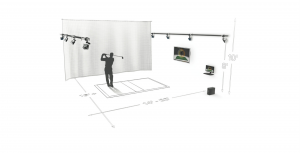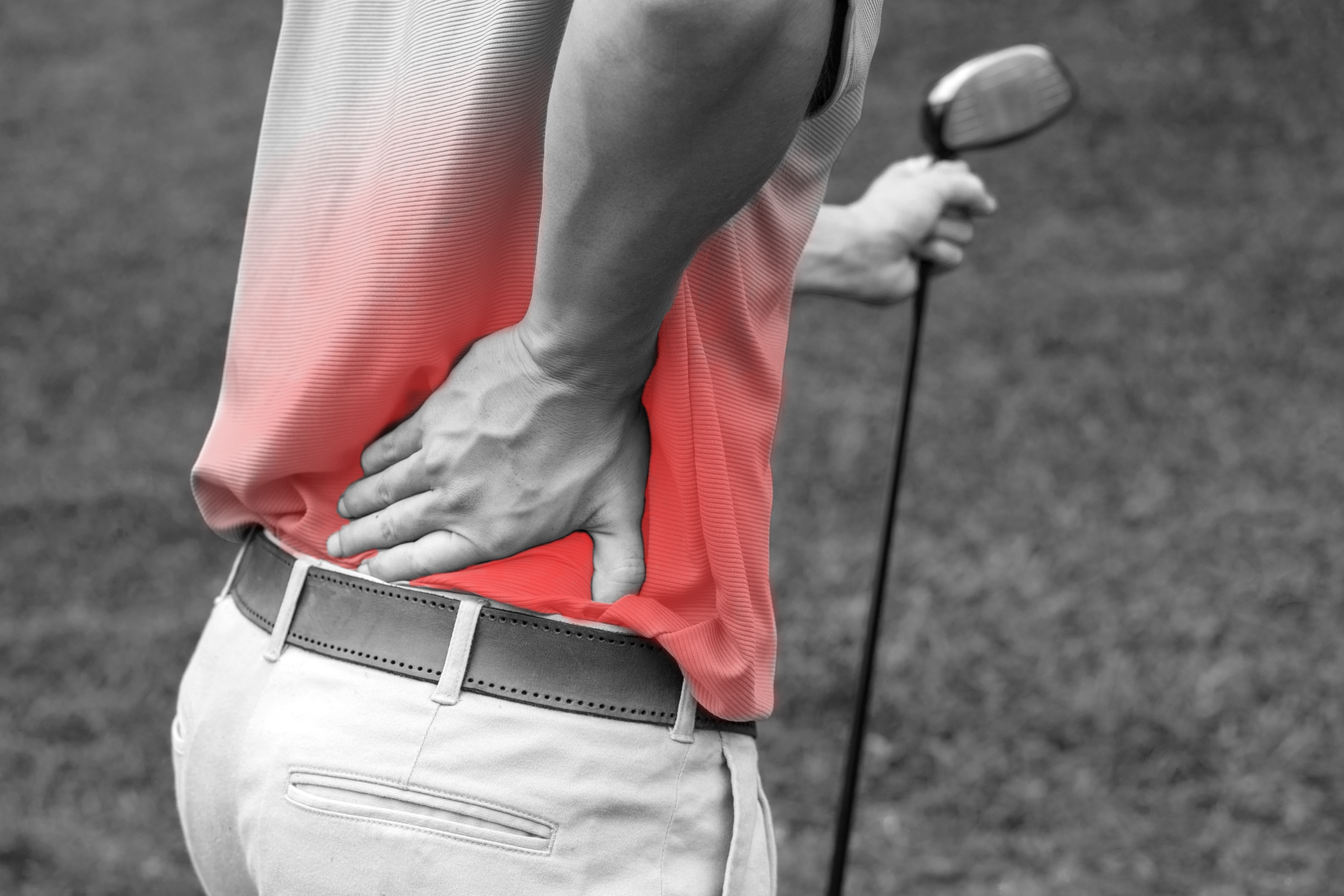How Does Optical Motion Capture Work?
Optical motion capture requires cameras positioned around the desired volume, and reflective sensors placed on the body at the major joints and segments of interest. The cameras emit an infrared light that is reflected off of the markers. The reflections are then seen by the cameras. When more than one camera sees a reflection from a marker, the position of that marker in 3D space is determined to sub-millimeter accuracy. Therefore, the more cameras, the better, since body parts can block or shadow other markers during movement.
Inertial Motion Capture By Comparison
Inertial motion capture uses IMUs (inertial measurement units) with built in sensors to detect position and movement. These typically include gyroscopes, accelerometers and sometimes magnetometers. The gyroscope measures the angular rate. It is used to determine the rotational orientation of the IMU. The accelerometer detects acceleration and gravitational force. This is then used to calculate the change in position relative to gravity (tilt) as well as the movement of the IMU through acceleration in any direction. The magnetometer measures the Earth’s magnetic field or an artificially created magnetic field. This is used to orient the IMU.
Each sensor requires a base position to move from. This allows the detected movements to be translated to meaningful data (movement relative to a position in space). This poses problems when it comes to accuracy.
Accuracy Matters: Which Is Better?
When it comes to elite athletes, high-speed movements, and detecting all their subtleties that go unseen by the naked eye, accuracy is crucial.
Optical motion capture can physically see each marker, and detect the slightest of movements with unmatched accuracy. Inertial motion capture lacks absolute positioning. Therefore it is virtually impossible to match the positional accuracy of optical tracking. Despite the perks of being more affordable, what you gain in savings, you lose inaccurate data. For animation and other functions that do not require a high level of precision for analysis, inertial systems would be a great option.
“Strapdown inertial navigation is very sensitive to errors in the rotation rate and acceleration sensors. Due to the large dynamic ranges involved in a golf swing, and the poor noise, stability, and dynamic range of the MEMS IMUs, high-fidelity tracking of the 6-degree-of freedom grip motion could not be achieved.”
– Seaman & McPhee
At Gears we know that for peak sport performance, optical motion capture is the best option. Gears 3D Motion Capture systems are equipped with the best motion capture cameras available. We have developed camera positional setups for each sport to maximize volume coverage while minimizing the number of cameras. Optical motion capture is the future of sport performance analysis, and that future is here.




